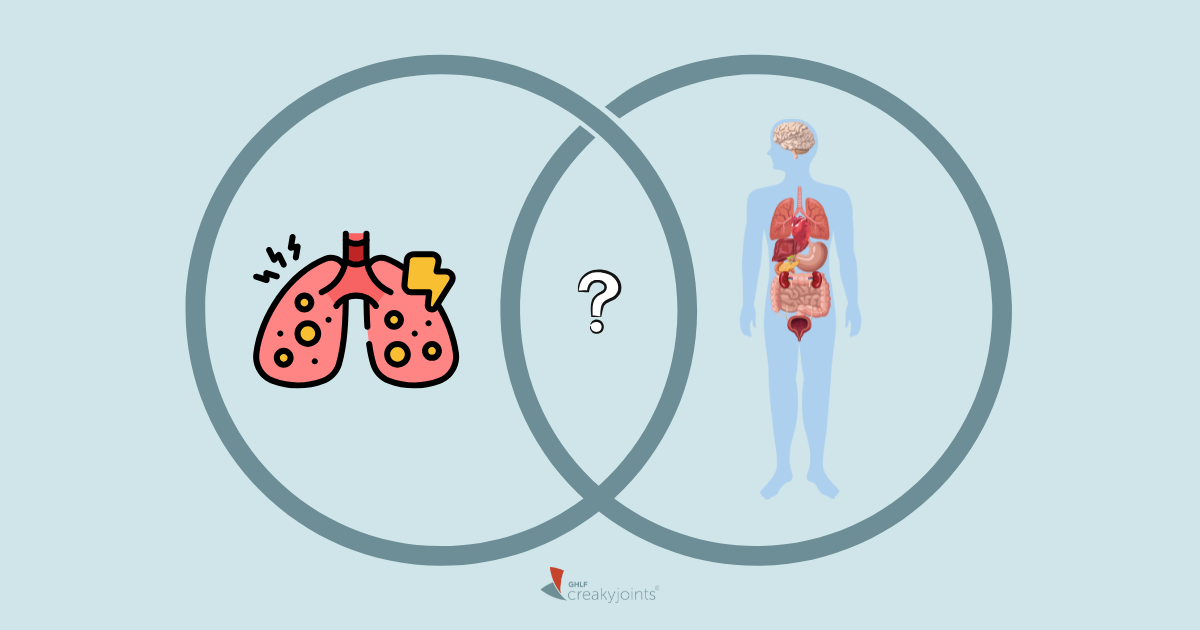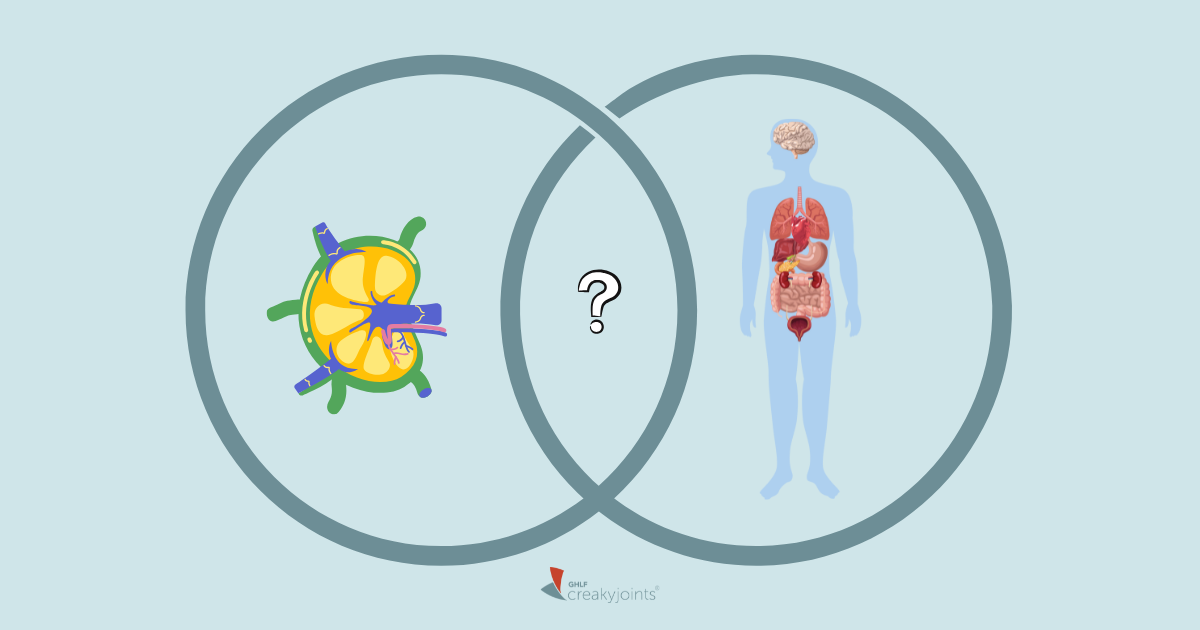Take a look at the label on any over-the-counter pain reliever and you can easily figure out how much you’re supposed to take for your symptoms. Finding the right dose of cannabidiol (CBD) for pain relief, however, isn’t that simple.
Enthusiasts rave about CBD’s potential to ease pain, reduce inflammation, relieve anxiety and promote sleep. However, there’s no conclusive research about just how much CBD a person needs to take in order to experience benefits.
There are very few human studies on CBD, and those that have been done include doses that are all over the map: In some studies, patients used 5 mg of CBD; in others, they took as much as 600 mg. To further add to the confusion, CBD comes in a number of forms — oils and tinctures, creams and lotions, pills, vaping, and edibles — and each one has differences in terms of bioavailability (the percent of active ingredient that gets into your bloodstream).
“There are no standard doses for patients,” says Rachna Patel, DO, a physician who does consultations about medical marijuana and CBD and sells her own line of CBD products. “Ultimately, it’s trial and error, but you have to go about it in a methodical way.”
Here are some tips to guide you on how to find the right CBD dosage for your pain relief and other symptoms.
1. Work with an expert
Many factors, such as your body mass index (BMI), specific health condition(s) you have, medications you take, your health history, and the form of CBD you plan to use can influence how much CBD you may need to treat your symptoms. Although CBD is different than medical marijuana — which contains CBD as well as THC, an intoxicating ingredient — a doctor who’s well-versed in cannabis (marijuana) is probably the best person to help you help you sort it out.
“I wouldn’t recommend starting CBD without the supervision of a physician,” says Dr. Patel, author of The CBD Solution. “Many times people purchase a CBD product, try a dose that that doesn’t work for them, switch products and spin their wheels. Or, worse, they develop side effects.”
Ask your rheumatologist or primary care provider to recommend an expert, or find an expert near you by searching the directory of members of the Society of Cannabis Clinicians or the database maintained by your state’s medical marijuana program (if it has one).
2. Do some math
Let’s say you and your doctor settle on a dose of 30 mg of CBD per day. Now what? The answer depends on which form of CBD you take.
Figuring out how much CBD is in capsules or gummies is simple — just read the supplement facts section on the label. (If it says 10 mg of CBD per capsule, you’d take three capsules to get your 30 mg of CBD a day.)
Oils and tinctures can be trickier because the packaging often states the amount of CBD in the entire bottle, not in a dropper. This calculator can help you figure out how many drops you need based on the strength of the product.
When it comes to CBD in topical form (creams, lotions, and salves), you’ll probably see the total amount of CBD in the container listed on the label. You’ll then have to divide that total by the number of millimeters in the package to determine how much is in each milliliter. For example, if you have a 50 ml jar of salve that contains 200 mg of CBD, there’s 4 mg per ml. You should then use a metric measuring spoon to scoop out 7.5 ml to get a 30 mg dose of CBD.
3. Expect some trial and error
No two patients respond to CBD in the same way. You and your doctor will probably need to adjust the dose either up or down until you hit the right balance of benefits without side effects. “A lot of it depends on your biochemistry and the way your liver breaks down these chemicals. There’s a wide variety of factors that come into play,” says Dr. Patel.
It can take a little while to get it right, so be patient. Many people do not see a difference in symptoms after one or two doses of CBD. It can take up to eight weeks of regular use to feel an impact, says Bridget Seritt, co-founder of the Canna-Patient Resource Connection, a Colorado-based organization that is working to protect patient rights and end stigma against those who choose cannabis as medicine.
4. If you have side effects, stop or lower the dose
CBD won’t get you high the way that cannabis with THC can, but it may still cause side effects. “The most common side effects are fatigue and lethargy, and in rare cases diarrhea,” says Dr. Patel, who notes that CBD that’s taken topically less commonly causes side effects. Topical CBD is best used to address pain in a single joint, rather than widespread pain, she adds.
No matter which form of CBD you use, pay attention to how you feel. If you notice any negative side effects, stop or lower the dose and consult your doctor.






